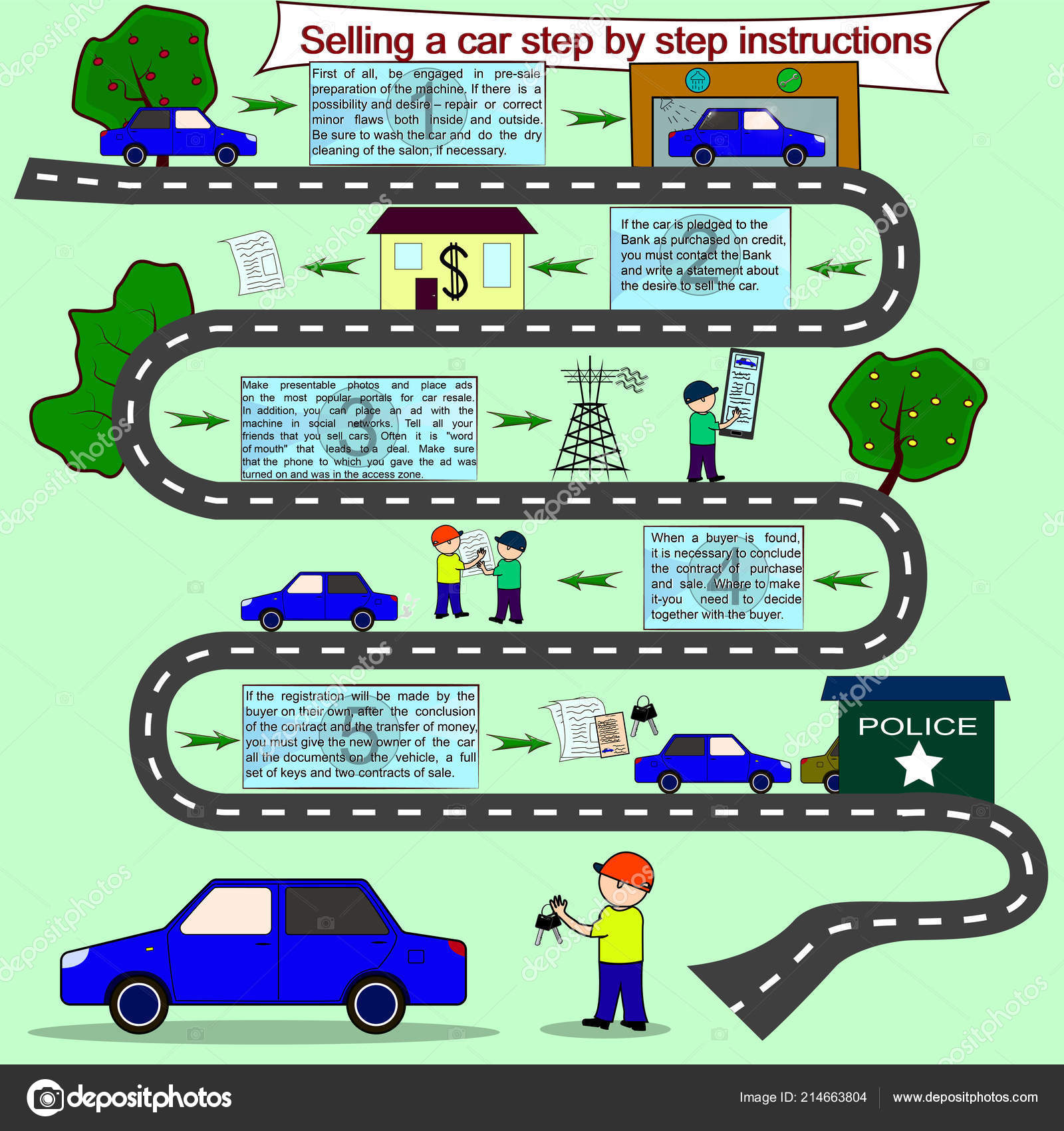Recognizing Your Automobile'S Warning Lighting: What Do They Actually Mean?
Recognizing Your Automobile'S Warning Lighting: What Do They Actually Mean?
Blog Article
Composed By-Higgins Winters
When you lag the wheel, those radiant warning lights on your dashboard can be a bit complicated. Do you recognize what they're attempting to tell you regarding your automobile's wellness? Comprehending the importance of these lights is crucial for your safety and the longevity of your car. So, the following time among those lights appears, wouldn't you want to understand its message precisely and take the essential actions to address it?
Common Warning Lights and Interpretations
Identify common caution lights in your car and recognize their significances to make sure risk-free driving.
The most normal caution lights consist of the check engine light, which signals issues with the engine or emissions system. If this light begins, it's essential to have your automobile examined without delay.
The oil pressure advising light suggests low oil stress, requiring instant interest to stop engine damage.
A flashing battery light might recommend a malfunctioning billing system, potentially leaving you stranded otherwise dealt with.
The tire stress monitoring system (TPMS) light informs you to low tire stress, impacting automobile security and fuel effectiveness. Disregarding this can bring about harmful driving conditions.
The ABS light shows a problem with the anti-lock braking system, endangering your ability to quit swiftly in emergencies.
Lastly, the coolant temperature cautioning light warns of engine overheating, which can cause serious damages if not fixed promptly.
Recognizing https://ecu-tuning-near-me39516.csublogs.com/38834019/exactly-how-to-select-the-right-auto-outlining-solution-for-your-requirements will certainly aid you deal with concerns promptly and maintain safe driving problems.
Relevance of Prompt Attention
Recognizing the typical warning lights in your car is just the initial step; the relevance of quickly addressing these warnings can not be emphasized enough to guarantee your security when driving.
When a caution light brightens on your control panel, it's your vehicle's way of communicating a potential concern that needs attention. Overlooking https://transmissionoilchange62839.nizarblog.com/32268253/incredibly-practical-mobile-cars-and-truck-outlining-services-not-only-conserve-you-money-and-time-yet-also-improve-your-car-s-longevity-uncover-just-how-they-can-transform-your-routine can cause more serious troubles in the future, compromising your safety and security and possibly costing you more out of commission.
Prompt attention to cautioning lights can prevent break downs and accidents. As an example, a blinking check engine light can suggest a misfire that, if left ignored, could create damages to the catalytic converter. Resolving https://www.apple.com/newsroom/2022/04/apples-self-service-repair-now-available/ can conserve you from an expensive repair service.
Likewise, a brake system cautioning light could indicate reduced brake fluid or used brake pads, critical elements for your safety and security when driving.
Do It Yourself Troubleshooting Tips
If you notice a warning light on your dashboard, there are a couple of do it yourself fixing ideas you can attempt before seeking expert aid.
The initial step is to consult your vehicle's handbook to comprehend what the particular warning light suggests. Often cardrtailing can be as basic as a loosened gas cap triggering the check engine light. Tightening up the gas cap might solve the problem.
One more common issue is a reduced battery, which can activate numerous alerting lights. Examining the battery links for deterioration and ensuring they're safe and secure may fix the trouble.
If a warning light continues, you can attempt resetting it by disconnecting the car's battery for a couple of minutes and then reconnecting it. In addition, checking your vehicle's fluid levels, such as oil, coolant, and brake liquid, can assist fix alerting lights related to these systems.
Conclusion
In conclusion, understanding your cars and truck's warning lights is vital for maintaining your car running efficiently and securely. By immediately attending to these alerts and knowing what they mean, you can avoid pricey fixings and possible failures.
Keep in mind to consult your cars and truck's guidebook for certain information on each alerting light and act as necessary to make certain a trouble-free driving experience.
Stay educated, remain secure when driving!
